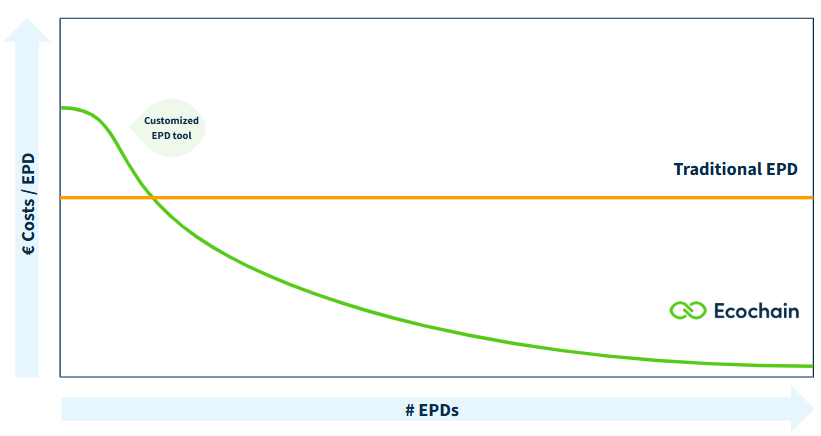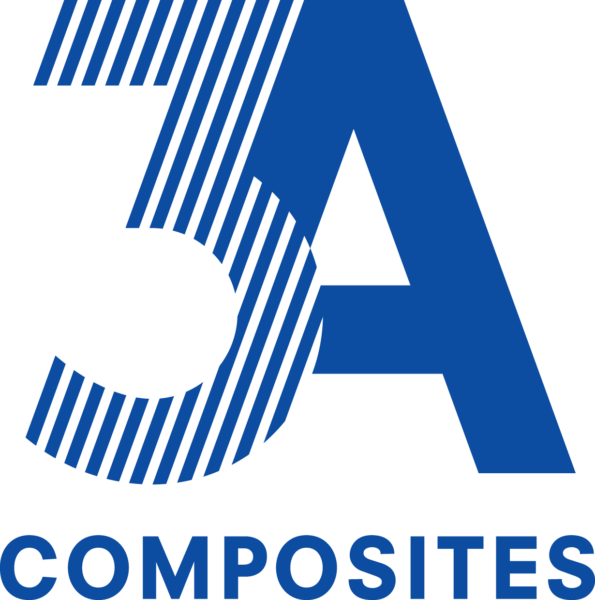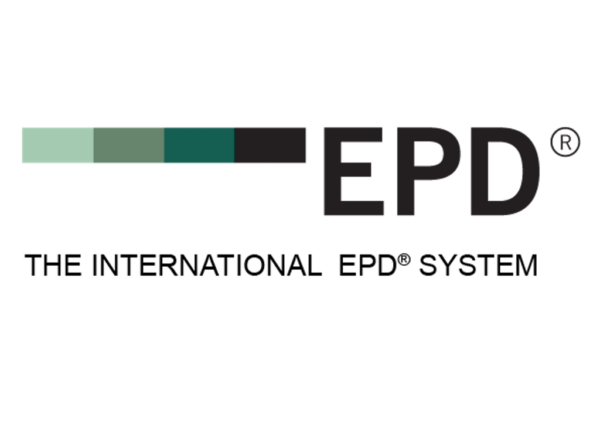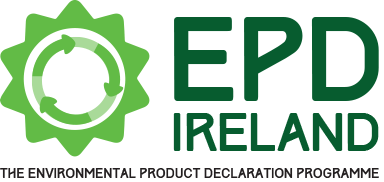Create EPDs at scale cost-efficiently
Upcoming regulations such as the Construction Products Regulation (CPR) as well as customer expectations are driving an unprecedented increase in demand for Environmental Product Declarations (EPD) by manufacturers of construction materials.
Stay ahead with Ecochain Helix – your solution for efficient, cost-effective EPD creation at scale.


Cost-efficient verified EPD reports
Affordable
Fast
Third-party verification
* Average time according to our internal benchmark
From one EPD to your entire portfolio
Ecochain Helix - Your trusted ally
Ecochain Helix uses a unique allocation method. Activity-based footprinting first assigns an organization’s material and energy use to its production processes (activities) and then to its accurate related outputs: your products. After doing so, LCA algorithms conduct integrated environmental footprint calculations on your company, process, and product level.
With Ecochain Helix, you can generate insights into the environmental performance of your entire product portfolio. Compare different products, and create hundreds of LCAs at once. Helix’s powerful approach enables mass verification, streamlining the process for large product portfolios.
Connect with your suppliers on one platform to collectively aggregate all environmental data throughout your supply chain and drive sustainability improvements. This collaborative environment also facilitates the exchange of EPDs with your suppliers or customers, streamlining data sharing and transparency.


Reducing Costs as You Scale
Customized Pricing
Ecochain Helix is customized to work for your business use case. Which is why we provide custom pricing options for each business.







